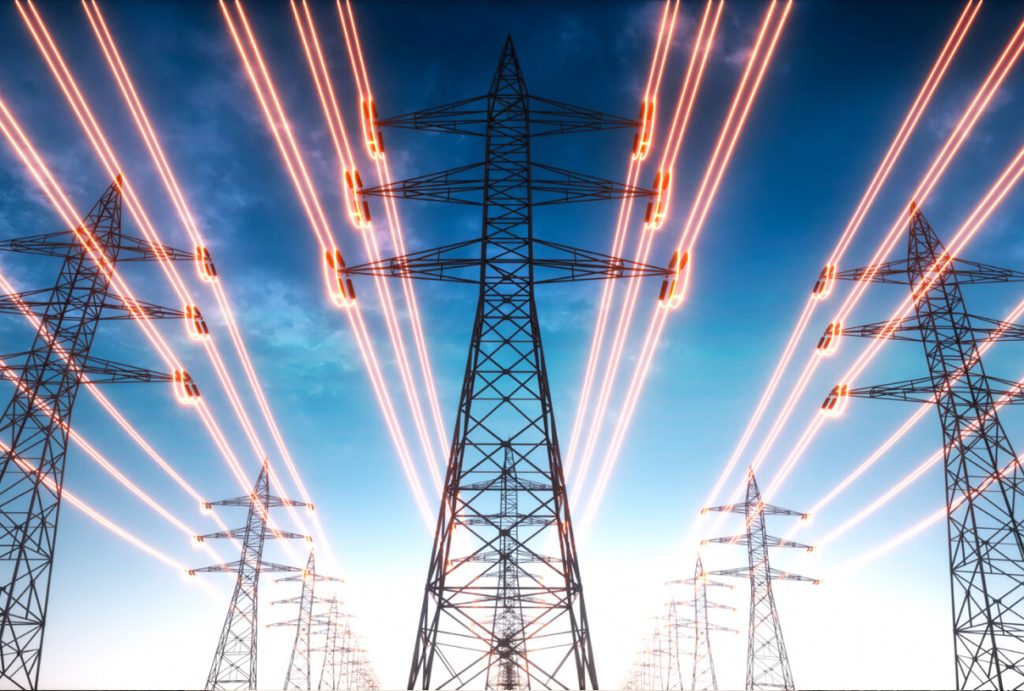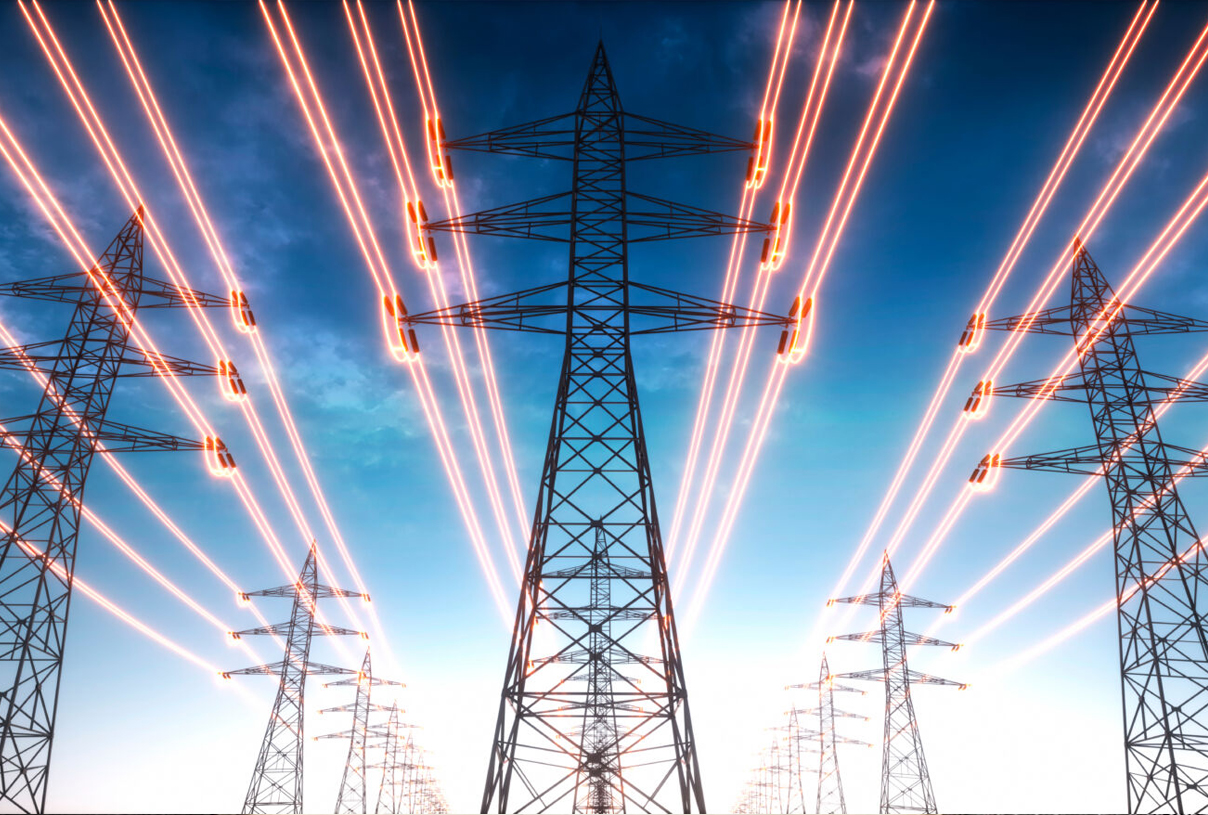
Indonesia, a nation of over 17,000 islands, faces a unique challenge in delivering reliable electricity to its vast and diverse population. With a growing economy and increasing energy demands, the country has taken a significant step forward with the introduction of its new Local Content Policy (LCP). This policy is poised to revolutionize Indonesia’s electricity infrastructure, fostering self-reliance, boosting local industries, and ensuring sustainable development. But what does this mean for the nation, and what steps should stakeholders take to maximize its benefits?
The Local Content Policy: A Game-Changer for Indonesia’s Energy Sector
The Local Content Policy mandates that a significant percentage of materials, equipment, and labor used in electricity infrastructure projects must be sourced domestically. This move is designed to reduce reliance on foreign imports, stimulate local economies, and create jobs. For a country rich in natural resources and with a burgeoning manufacturing sector, the LCP is a strategic step toward achieving energy independence.
By prioritizing local content, Indonesia aims to strengthen its domestic supply chains, particularly in the production of critical components like transformers, turbines, and transmission lines. This not only reduces costs associated with importing these goods but also ensures that the benefits of infrastructure development remain within the country.
Key Implications of the Local Content Policy
- Economic Growth and Job Creation
The LCP is expected to create thousands of jobs in manufacturing, construction, and engineering sectors. By encouraging local participation, the policy will empower small and medium-sized enterprises (SMEs) to contribute to large-scale infrastructure projects, fostering economic growth at the grassroots level. - Technological Advancement and Skill Development
As local companies take on more significant roles in infrastructure projects, there will be a greater emphasis on skill development and technology transfer. This will enhance Indonesia’s technical expertise, making it more competitive in the global market. - Reduced Costs and Increased Efficiency
Sourcing materials locally can significantly reduce transportation and import costs, making infrastructure projects more cost-effective. Additionally, local suppliers are better positioned to provide timely maintenance and support, ensuring the longevity and efficiency of electricity infrastructure. - Energy Security and Sustainability
By reducing dependence on foreign suppliers, Indonesia can better control its energy infrastructure, ensuring a more stable and secure energy supply. Furthermore, the policy encourages the use of locally available renewable resources, aligning with global sustainability goals.
What’s Next? Strategic Steps for Stakeholders
To fully realize the potential of the Local Content Policy, stakeholders must take proactive steps:
- Collaborate with Local Suppliers
Companies involved in electricity infrastructure projects should actively seek partnerships with local manufacturers and service providers. This will not only comply with the LCP but also build stronger domestic networks. - Invest in Training and Development
Upskilling the local workforce is crucial. Stakeholders should invest in training programs to ensure that Indonesian workers are equipped with the technical knowledge required for advanced infrastructure projects. - Leverage Government Incentives
The Indonesian government is likely to offer incentives for compliance with the LCP. Stakeholders should stay informed about these opportunities and leverage them to offset costs and maximize returns. - Focus on Innovation and Sustainability
Embracing innovative technologies and sustainable practices will be key to long-term success. Stakeholders should explore renewable energy solutions and energy-efficient technologies to align with global trends and regulatory requirements. - Monitor Policy Developments
The LCP is still in its early stages, and its implementation may evolve. Stakeholders should closely monitor policy updates and adapt their strategies accordingly to remain compliant and competitive.
Conclusion
Indonesia’s new Local Content Policy represents a bold and transformative approach to electricity infrastructure development. By prioritizing local content, the nation is not only addressing its energy needs but also laying the foundation for sustainable economic growth. For stakeholders, the time to act is now. By embracing collaboration, innovation, and strategic planning, they can play a pivotal role in powering Indonesia’s future.
As the policy unfolds, its success will depend on the collective efforts of the government, private sector, and local communities. Together, they can ensure that Indonesia’s electricity infrastructure becomes a model of self-reliance, efficiency, and sustainability for the world to follow.
Tags:
Energy, Construction, Mining and Projects
Corporate, Merger and Acquisition
Capital Market and Securities






